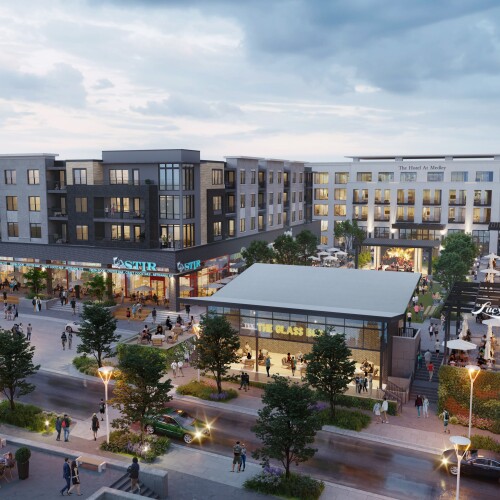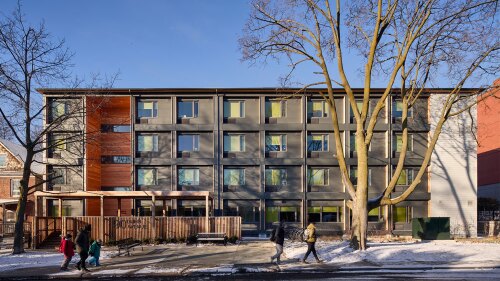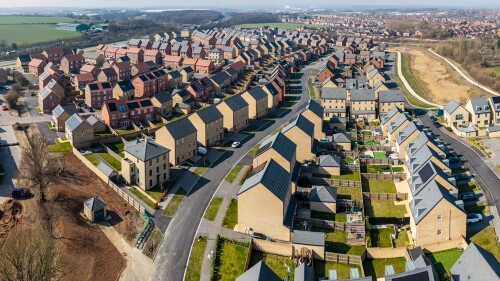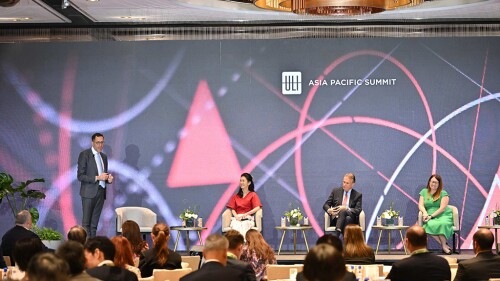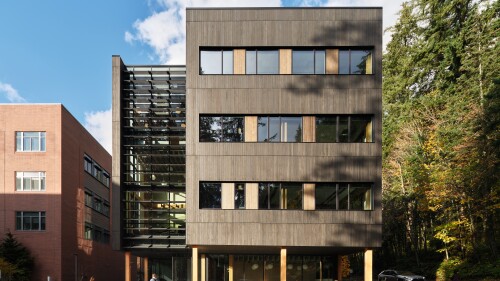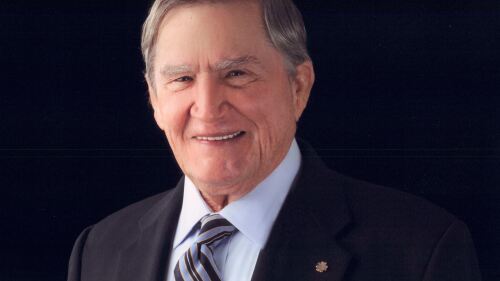ULI’s Randall Lewis Center for Sustainability in Real Estate has now released the fifth and final installment of its premier primer on achieving net-zero-building carbon emissions through dynamic engagement between owners and tenants. The series explores practical strategies for reducing emissions at both the asset and portfolio levels—highlighting how all parties working together can drive meaningful emissions reductions across all aspects of real estate.
Standing in the shadow of Regions Field and within earshot of Railroad Park, Birmingham’s Urban Supply hints at what the next chapter of downtown life could look like. Once-quiet brick warehouses are being steadily reimagined into patios, storefronts, and gathering spaces along a new pedestrian alley. Early tenants have begun to open their doors, and programming is slowly bringing people into the district. While the project is still in its early stages, the framework is in place for a vibrant hub that will grow block by block in the years ahead.
A two-week program, hosted by UCL’s Department of Civil, Environmental & Geomatic Engineering and led by José Torero, Matthew Heywood, and Michael Woodrow, with a cohort of early-career professionals tested the limits of The London Plan and imaged what could lie ahead through a fellowship themed “Innovating Tomorrow’s Resilience.”
Climate Week NYC, run by the nonprofit Climate Group and held in parallel with the United Nations General Assembly, makes its annual return this September 21–28 with hundreds of in-person, hybrid, and virtual events. This jam-packed week brings together a powerful cross-section of climate leaders, including inspiring activists; visionary artists; and industry leaders in real estate, business, finance, and government.
Industry Voices
Across North America, cities are confronting a housing crisis that demands urgent, innovative responses. In Toronto, the launch of the Rapid Housing Initiative (RHI) in April 2020 marked a pivotal moment—an accelerated effort at the height of the pandemic to deliver safe, stable housing. Since then, unprecedented investments have been made in communities across Ontario to address housing insecurity, reshaping the province’s residential landscape.
Although video conferencing and other technological innovation has made it possible for economic activities to be dispersed, differences in growth rates, jobs, and incomes have increased, in recent decades, as regions in the Northwest and Midwest have lost population and regions in the South and West have experienced population, employment, and income growth. The negative effects of housing price increases in growing regions serve as a constraint to domestic migration and economic opportunities, especially for lower-skilled workers. In the long run, unaffordable housing prices contribute to unequal regional development and worsening income disparities. Job-rich regions need to encourage housing production.
What trends are shaping the future of the industrial sector? Four experts from ULI’s Industrial and Office Park Development Council talk about the industrial submarkets and property types that offer the greatest opportunities, challenges developers face in bringing new projects to market, ways artificial intelligence and emerging technologies are reshaping the sector, tenant priorities, and other key trends.
Many mixed-use projects get the hardware right. They feature a thoughtful mix of uses, beautiful buildings, and name-brand tenants. Far fewer get the “software” right—the pedestrian flow, the plaza experience, the hospitality-level service, and all the subtle details that turn a mixed-use project into something more. These elements transform a development into a vibrant, urbanesque destination—one that delivers on the promise of being a true community gathering place.
Since the 1980s, the Dallas suburb of Plano has attracted some of the country’s biggest corporate headquarters and established itself as a hub for major employers. But how did Plano revamp to meet the goals of a changing economy and a changing community? The city made a pivot that has been echoed in growing cities around the country: a major shift toward investing in parks and activating green space.
In a landmark moment for California housing policy, Governor Gavin Newsom signed two transformative bills into law in June 2025—AB 130 and SB 131. They fundamentally reshape how the California Environmental Quality Act (CEQA) applies to infill housing. Enacted as part of the state’s broader budget package, these reforms remove major procedural barriers for urban multifamily projects and signal a new direction in the state’s effort to address housing affordability through increased supply.
Capital Markets
Despite a still tepid transaction market, commercial and multifamily mortgage loan originations increased in the second quarter—up 66 percent compared to a year ago, and up 48 percent from the first quarter of 2025, according to the Mortgage Bankers Association. But what is the outlook for access to debt and equity capital in the second half of the year? Apart from interest rates, where are the biggest pain points in the market for commercial real estate financing?
A seminar organized by the ULI Singapore NEXT Committee presented attendees with the little-known concept of real estate “tokenization,” or fractional investing/trading, as a potential bridge between private investors and direct ownership. Although not new, tokenization in real estate is a niche market, particularly in Asia Pacific, with Singapore hosting a small number of the specialized digital platforms.
The closing panel at the 2025 ULI Asia Pacific Summit brought together real estate players from a wide range of geographies and capital markets roles. Audience polling at the start of the discussion revealed that Summit attendees believe the world will become more multipolar after a generation of American exceptionalism, with some audience members feeling that the U.S. will fall behind Asia or Europe.
Project Profiles
As the environmental impact of construction remains heavily scrutinized amid growing concerns around climate change and resource depletion, universities are turning to new design strategies that prioritize innovation, environmental integration, and sustainability.
In the heart of the Texas Triangle, an ambitious new vision is taking shape: Sandow Lakes, a 33,000-acre (13,355 ha) master-planned community in Milam County. The project’s first phase, known as The Switch, is already underway. Spanning 3,300 acres (1,335 ha), The Switch is an advanced manufacturing and logistics campus under development by Xebec. This supersite is poised to play a vital role in strengthening domestic supply chains by supporting the reshoring of critical manufacturing operations.
In Midtown Atlanta, the Georgia Institute of Technology Foundation is turning the 100-year-old former Biltmore hotel into a mecca for incubating technology startup ventures.
In Memoriam
Esteemed developer Tom Cousins, who was born and raised in Georgia, passed away late last month at age 93. Over the course of his extraordinary life, he became not only one of the most influential real estate and urban development visionaries of our time but also a philanthropist who vowed to create lasting change—and fulfilled that promise.
Joseph C. Canizaro, a past chair and trustee of ULI, passed away at age 88 on June 20, 2025. A member of ULI for more than 50 years, Canizaro built one of New Orleans’ most influential real estate development companies, Columbus Properties, which helped shape the city’s skyline.
Developer sought to improve people’s lives through her work.






